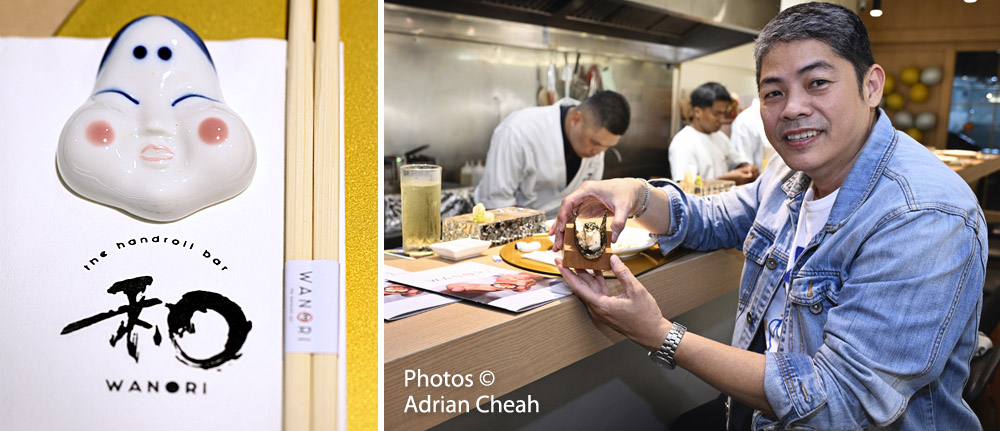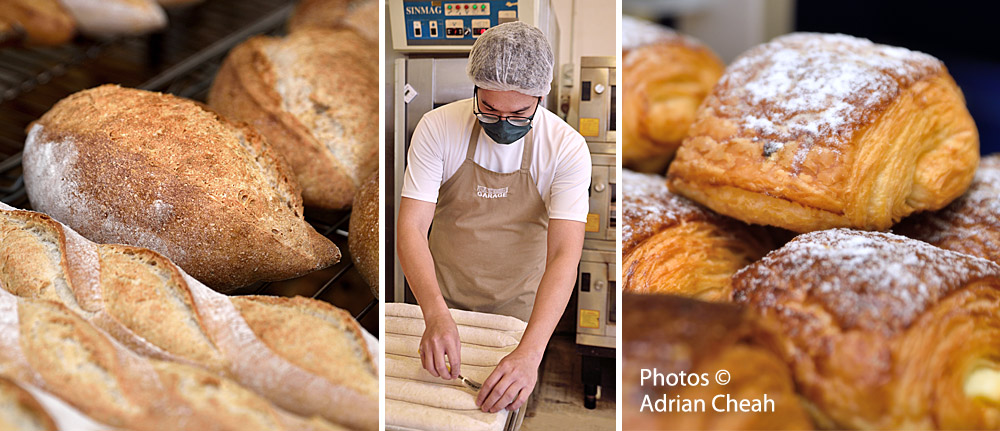A beautifully sublime birthday celebration at Au Jardin

If love could be gift-wrapped, I would have done so in a heartbeat – for no one deserves it more than Mum, who turned 91 this year. As a close second, I picked up my brush and painted a portrait of her – my lifelong muse, the woman whose gentle faith in me never wavered. She saw the spark of creativity in my childhood sketches, in the dresses I once designed just for her to tailor and in the kitchen, where she taught me to cook from a young age, nurturing my early interest with patience and pride.
Continue Reading
Kek Lok Si Temple, the monastery on Crane Hill

In Chinese iconography, the Crane holds special significance. It is an auspicious symbol denoting longevity, and wisdom that comes with age. The Crane is said to manifest a peculiar interest in human affairs and is also often associated with good luck, high-mindedness, purity and freedom.
Continue Reading
Church of the Assumption, among Penang's historical landmarks

George Town, the vibrant heart of Penang, has perhaps one of the most diverse religious communities in Malaysia. Here, almost every religion has its own distinct religious architectural abode to serve believers.
Continue Reading
Viet Garden offers an extensive Vietnamese menu

Penang is lucky to have a string of good Vietnamese restaurants offering scrumptious signature dishes. Vietnamese cooking draws on the influences of Chinese, Thai, Indian and French cuisines to create irresistible combinations of delicate flavours, fresh ingredients and fabulous textures. Viet Garden, located at Kimberley Street, is one such destination in Penang to enjoy authentic Vietnamese delights.
Continue Reading
The Kapitan Keling – a mosque rich in history

The Kapitan Keling Mosque along Jalan Kapitan Keling (once Pitt Street) is a monumental structure crowned by copper domes. This is the largest historic mosque in George Town, founded around 1800.
The name of the mosque was taken from the Kapitan Kelings, people who were appointed leaders of the South Indian community by the British.
Continue Reading
Tsukiji Sushi Bar: A Front-Row Seat to the Art of Sushi Making

My daughter Jean and I had a good luncheon at Tsukiji Sushi Bar, located at City Junction, Penang. The open-kitchen concept allowed us to watch the chefs at work, showcasing their precision and artistry. This reflects the "shokunin" spirit – a Japanese philosophy of lifelong dedication to mastering one’s craft, where even the simplest dishes are continuously refined. As a creative soul, I have always been drawn to Japanese restaurants, where each dish is presented on exquisite utsuwa (ceramic ware), enhancing its colours and textures. At Tsukiji Sushi Bar, freshness and flavour are celebrated alongside beauty and tradition.
Continue Reading



















